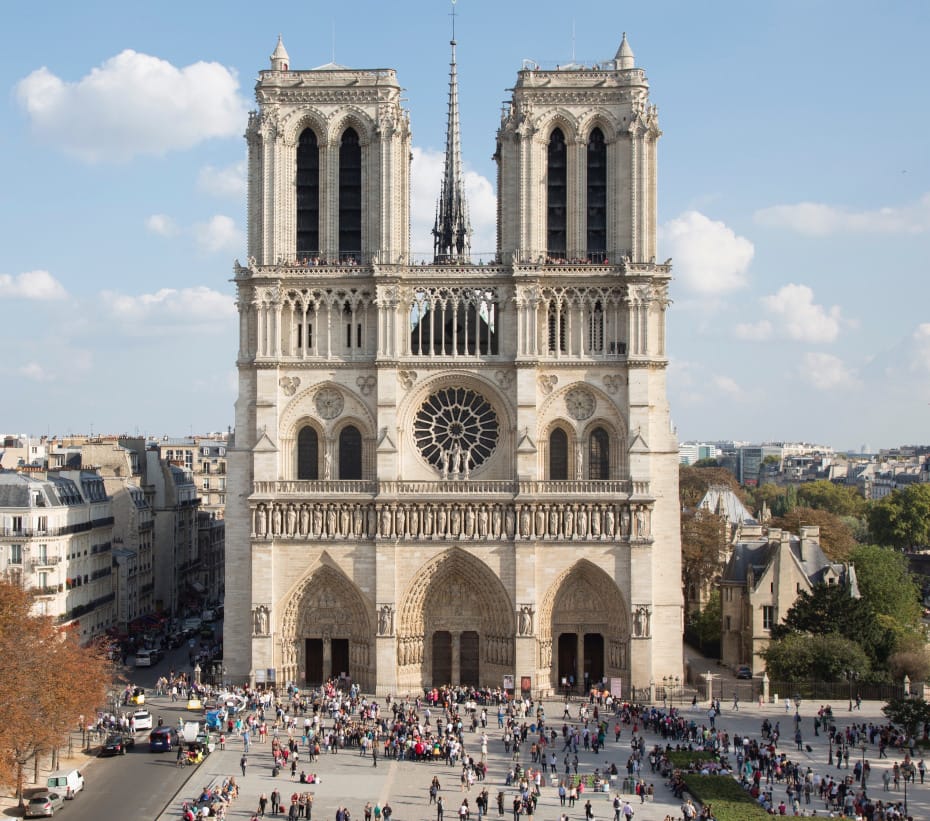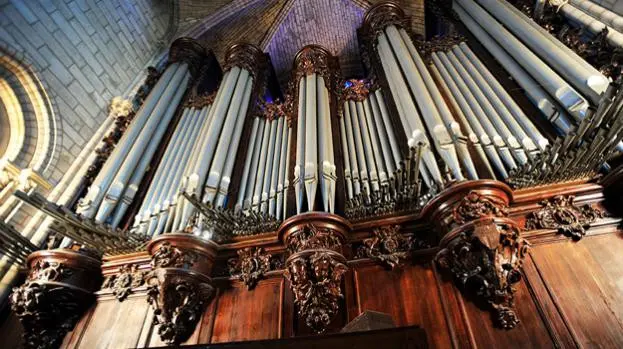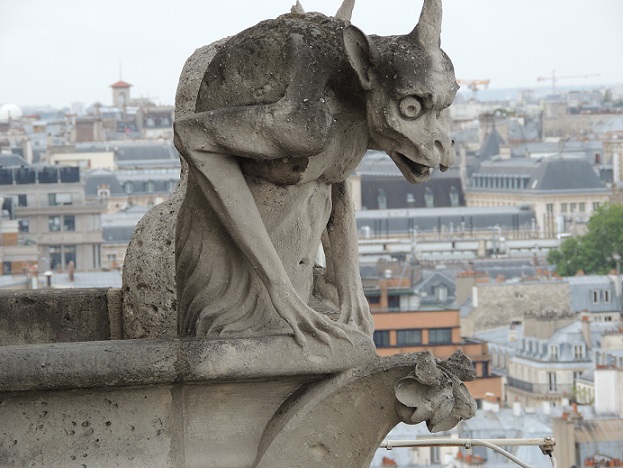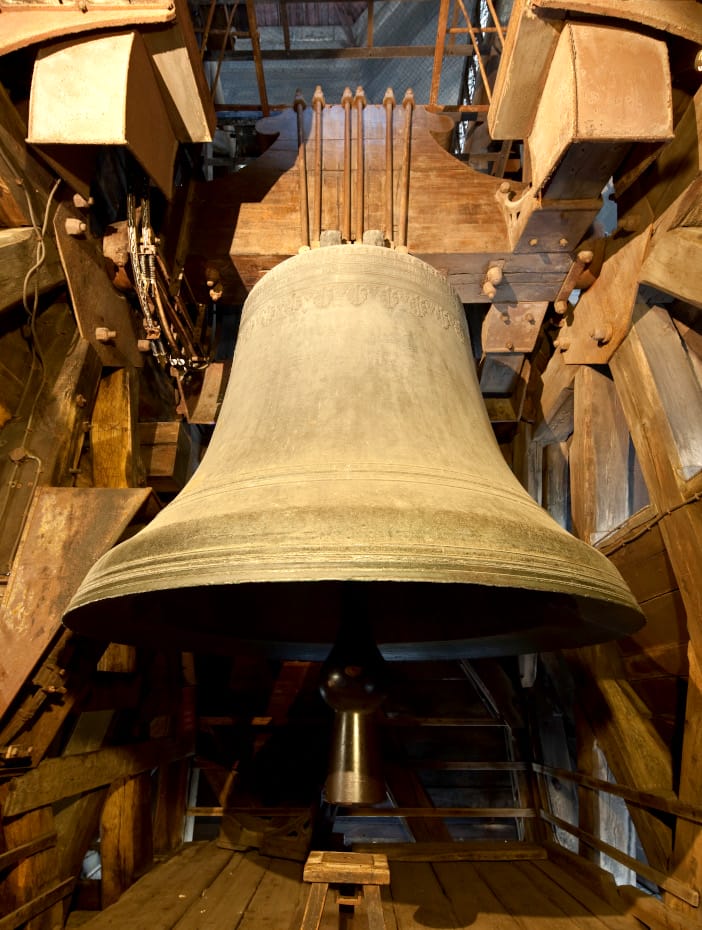Notre-Dame Cathedral
Paris, France

Discover the iconic Notre-Dame Cathedral in Paris, France, a must-see Gothic masterpiece among the top things to see in Paris and one of the most famous historical sites in France. Learn about its history, architecture, fun facts, and practical Notre-Dame Cathedral tourism tips for your visit.
Nestled on the Île de la Cité in the heart of Paris, Notre-Dame Cathedral stands as one of the most iconic and awe-inspiring historical sites in France. With its soaring spires, magnificent stained glass windows, and centuries-old history, it's no surprise that visiting Notre-Dame remains one of the top things to see in Paris for travelers around the world. A Brief History of Notre-Dame Cathedral The construction of Notre-Dame de Paris began in 1163 under the direction of Bishop Maurice de Sully and spanned nearly two centuries, finally completing around 1345. Built to reflect the growing power and prestige of the Catholic Church during the medieval era, Notre-Dame quickly became a spiritual, cultural, and architectural landmark. It witnessed some of France's most pivotal moments—Napoleon Bonaparte's coronation as emperor in 1804, the beatification of Joan of Arc, and the survival of two world wars. The cathedral also rose to global fame through Victor Hugo’s novel The Hunchback of Notre-Dame, which helped spark efforts to restore its decaying structure in the 19th century. Top Features and Highlights When you visit Notre-Dame Cathedral, prepare to be amazed by its towering Gothic architecture and richly detailed facade. Highlights include the stunning rose windows, especially the North and South ones—some of the largest and most intricate stained-glass masterpieces in Europe. The twin bell towers offer panoramic views of Paris (once reopened to the public), and inside, the vaulted ceilings, statues, and religious relics add to the cathedral’s reverent atmosphere. Don't miss the flying buttresses around the rear of the building—an engineering marvel that allows the cathedral’s massive structure to stand tall and elegant. The sculpted scenes from the Bible across the western facade serve as visual storytelling tools from a time when most worshippers were illiterate. What Makes It Unique – Fun Facts and Stories What truly sets Notre-Dame apart among other historical sites in France is its rich blend of art, history, and mythology. Did you know the cathedral’s bells have names? The largest one, Emmanuel, has been ringing since the 17th century. The legendary gargoyles not only act as waterspouts but have also captured imaginations for centuries with tales of protecting the cathedral from evil spirits. Despite the devastating fire in April 2019 that destroyed the iconic spire and damaged much of the roof, Notre-Dame remains a symbol of French resilience and unity. Restoration efforts have been meticulously underway, aiming for a full reopening by December 2024. Current Use and Visitor Information Today, Notre-Dame Cathedral tourism continues to thrive, even as restoration progresses. While interior access may be limited due to ongoing construction, the site remains a must-see destination. The square in front of the cathedral is open to visitors and provides incredible photo opportunities. Tours often include historical insights, and nearby exhibits offer a glimpse into the cathedral’s past and future. Admission to the cathedral itself is typically free, though fees apply for access to the bell towers or crypts when available. Visitors should dress modestly and respect the peaceful ambiance, especially during services. The area is wheelchair-accessible with nearby metro stations like Cité and Saint-Michel making it easy to reach. For up-to-date information on reopening timelines, guided tour availability, and tips for visiting Notre-Dame, it’s best to check the official tourism site or visitor center on arrival.
Location
Coordinates: 2.349902, 48.852968
View on Google Maps



